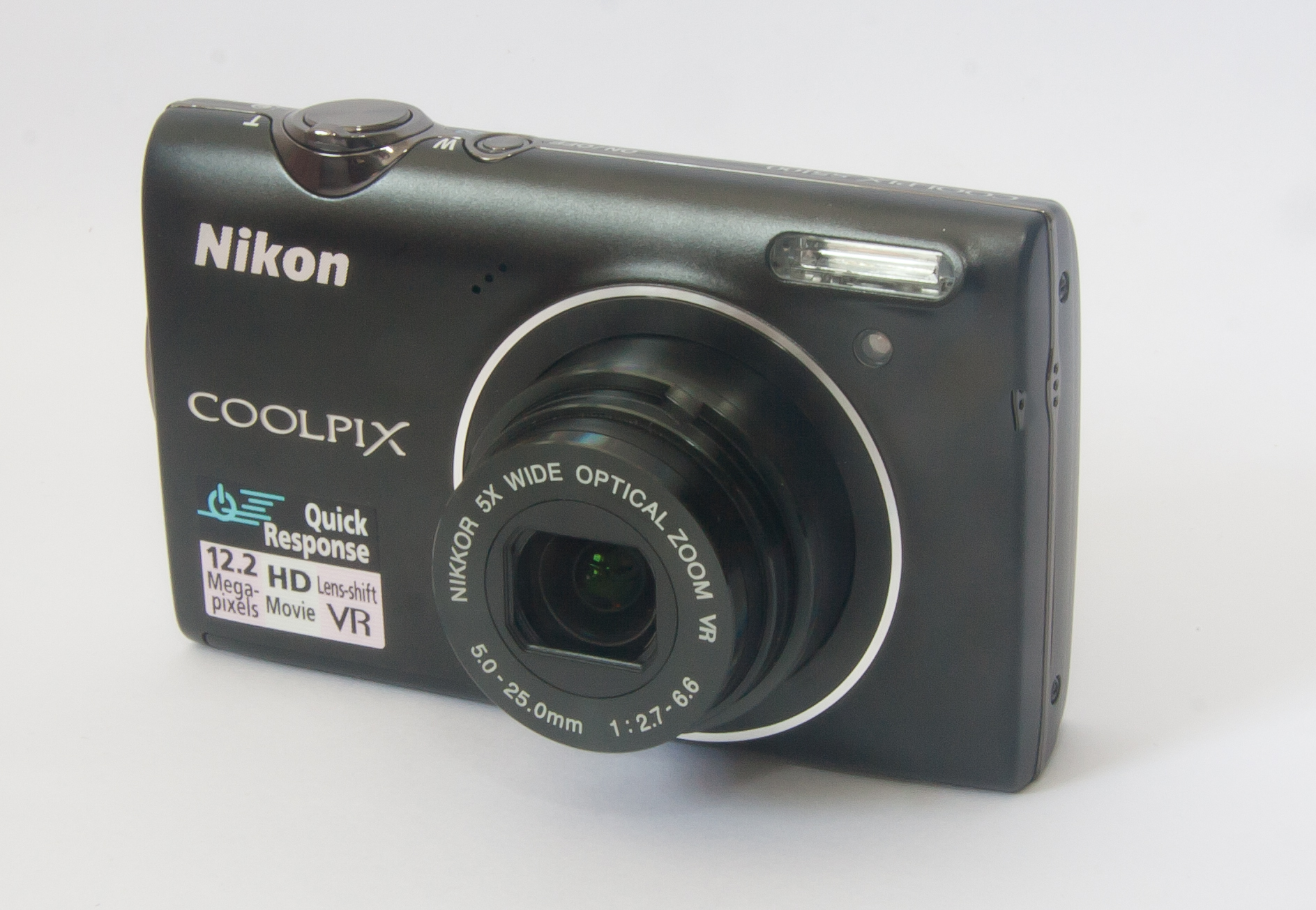TechRadar Verdict
Pros
- +
Simple to use
- +
Neat design
- +
Great value
Cons
- -
Uninspiring movie mode
- -
Chromatic aberration a recurring problem
Why you can trust TechRadar
The compact camera market shows no sign of becoming less cutthroat. No sooner has Nikon announced the high-end P7000, designed to go head-to-head with the Canon G12, than the company unleashes an assault on the low-end of the market, with the 12.2 megapixel S5100.
With few manual features, an all-plastic body and comparatively modest specifications elsewhere, this isn't a camera for aspiring pros. But with its price likely to come in under £150, this could be perfectly suited for those who simply want a decent value point-and-shoot.
The all-plastic shell might not feel as rugged as some of Canon's more luxurious-feeling Ixus models, but the S5100 is nevertheless comfortable in the hand, and survived an accidental drop with no apparent ill-effects.
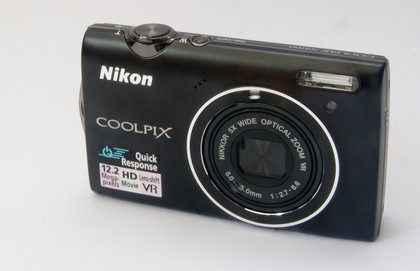
More irritating are the buttons on the back. They aren't cramped together, but they feel a little clicky, underlining the S5100's status as a comparatively low-end compact. The reasonable layout is helped by the 2.7in, 230k-pixel screen.
While not exactly lavish, it's nonetheless sharp and bright, and generally visible in good daylight. It does, however, suffer slightly from restricted vertical viewing angles: a problem if you want to shoot from a very low angle without lying on the ground.
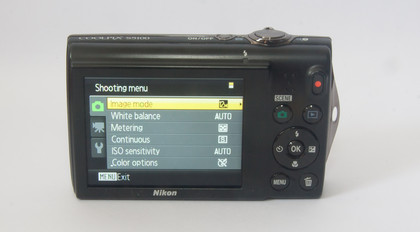
Elsewhere, the lens is a 28-140mm f/2.7-6.6 number. That's rather slow when zoomed in, but the optical stabilisation works terrifically.
The S5100 doesn't exactly include the kitchen sink, but the features included work well. For instance, its face detection handled portraits well, and the smile detecting self-timer is nifty, although it could have been usefully expanded to work with larger groups.
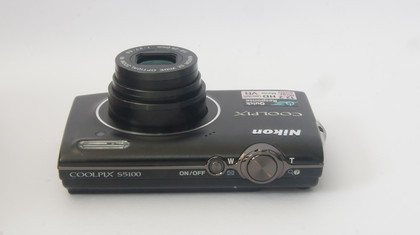
Unsurprisingly, there's no Manual mode to get to grips with, leaving you with precious few options if you want to customise your exposures. Exposure compensation is left in, allowing you to under- or over-expose your shots by plus or minus two stops, while manual white balance could prove useful to those who want to get their JPEGs perfect in-camera.
There is a Manual autofocus mode, however, which allows you to use the D-pad to help the S5100 determine exactly where you want the focus point to fall. In practice this makes a relatively small difference, although careful macro photographers might appreciate it.
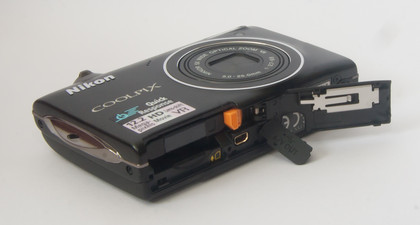
One thing more advanced photographers will appreciate is the semi-automatic ISO settings. Although the S5100's ISO features don't run anywhere near as long as they do on the company's DSLRs, you can nevertheless set the camera to restrict itself to ISO settings from 100-400, or to 100-800 – handy if you'd rather use the flash than have the S5100 bump up its sensitivity.
Fully automatic and fully manual modes also make appearances.
Dave is a professional photographer whose work has appeared everywhere from National Geographic to the Guardian. Along the way he’s been commissioned to shoot zoo animals, luxury tech, the occasional car, countless headshots and the Northern Lights. As a videographer he’s filmed gorillas, talking heads, corporate events and the occasional penguin. He loves a good gadget but his favourite bit of kit (at the moment) is a Canon EOS T80 35mm film camera he picked up on eBay for £18.
